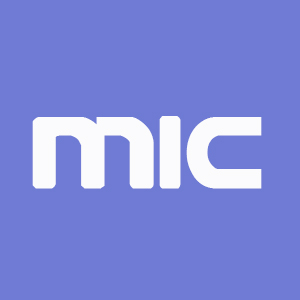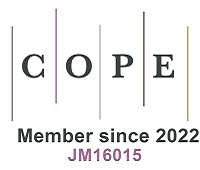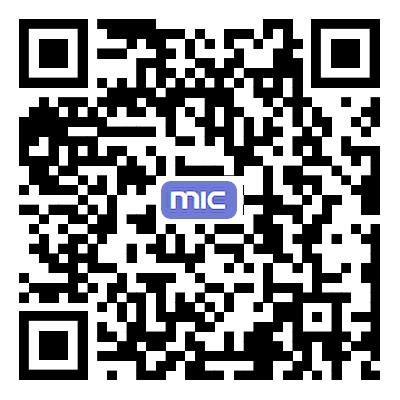Research Article | Open Access
Defect-induced interfacial modulation for enhanced resistive switching performance in antiferroelectric/ferroelectric heterostructures
Views: 16
Microstructures 2025;5:[Accepted].
Author Information
Article Notes
Cite This Article
Abstract
Resistive switching devices, particularly memristors, have attracted considerable interest due to their promising applications in neuromorphic computing and data storage. However, achieving high performance and reliability remains a significant challenge, especially in the optimization of their ferroelectric and switching properties. In this study, we report a substantial enhancement of both resistive switching and ferroelectric properties in NaNbO3/PbTiO3 multilayers, facilitated by interfacial modifications of the electronic structure induced by defects and strain. The well-defined interfaces and strain gradients within the PTO layers lead to substantial alterations in local electronic properties, including Ti 3d orbital hybridization and oxygen octahedral tilting. These structural modifications enhance charge trapping dynamics, resulting in an ON/OFF ratio of 104, compared with 102 in single-layer NNO films. The synergistic effects of enhanced polarization and electronic state modulation are shown to optimize both the ferroelectric and resistive switching behaviors, highlighting the pivotal role of interface engineering in achieving high-performance memristive devices.
Keywords
Pulsed laser deposition, transmission electron microscopy, ferroelectrics
Cite This Article
Liu JQ, Zhu HL, Liu F, Yang LX, Tang YL, Zhu YL, Xu G, Ma JY, Shi TT, Wang YJ, Ma XL. Defect-induced interfacial modulation for enhanced resistive switching performance in antiferroelectric/ferroelectric heterostructures. Microstructures 2025;5:[Accept]. http://dx.doi.org/10.20517/microstructures.2024.156
Copyright
© The Author(s) 2025. Open Access This article is licensed under a Creative Commons Attribution 4.0 International License (https://creativecommons.org/licenses/by/4.0/), which permits unrestricted use, sharing, adaptation, distribution and reproduction in any medium or format, for any purpose, even commercially, as long as you give appropriate credit to the original author(s) and the source, provide a link to the Creative Commons license, and indicate if changes were made.













